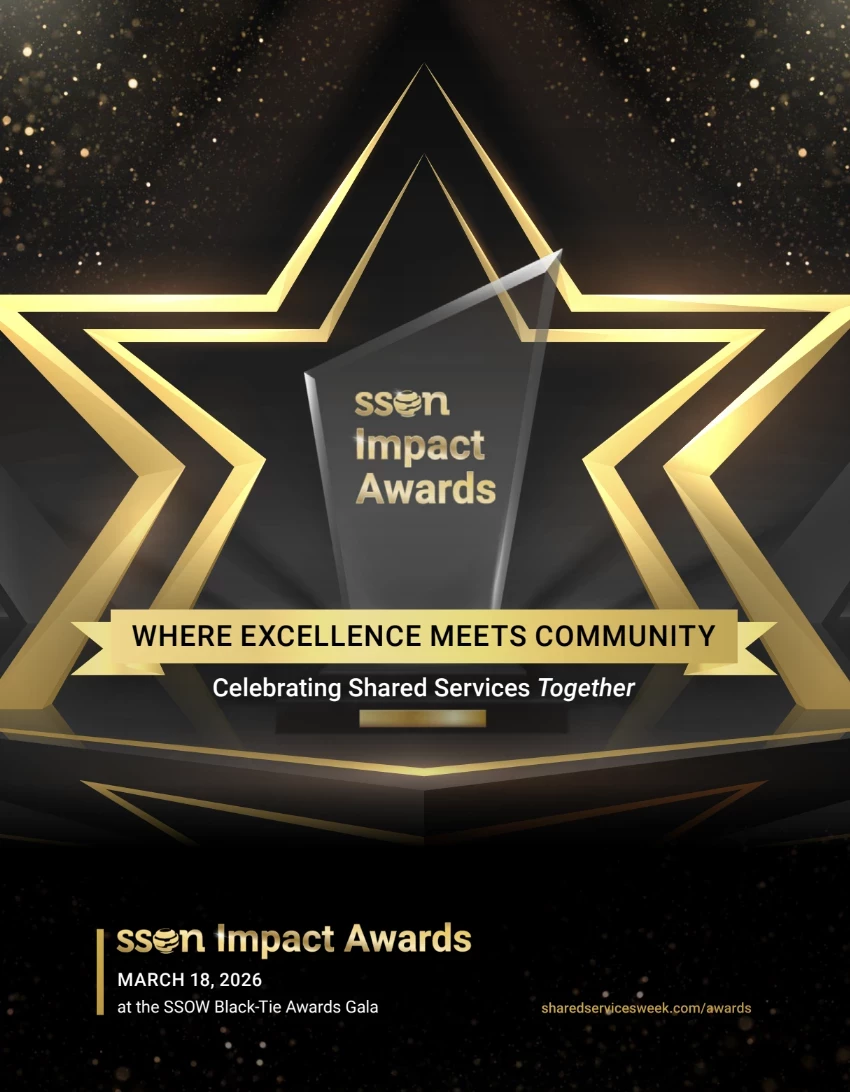The Future of Business Services: Digitalized GBS
Digital technology is enabling the digitally-based organization
Add bookmark
Automation is offering a faster, cheaper and less painful bridge to GBS
Shared Services continues to drive improved productivity across the enterprise, today increasingly powered by automation software and more proactive use of data analytics. However, the extent to which emerging opportunities are integrated into an enterprise, and their effects felt, depends to a large extent on how "globalized" the underlying Shared Services model.
What this means: A regional Shared Services Center deploying technology and data analytics to deliver knowledge services in Eastern Europe is certainly adding value. However, three such centers acting in relative isolation, contribute less overall value to the enterprise than one integrated Global Business Services organization.
Why? Because it's the combination of global process ownership, a single mode of governance, and unified best practices, along with integrated systems, that optimize digitalization's potential and deliver exponential value. The next generation GBS will leverage its capabilities via a digital wrapper that includes evolving automation and data analytics, to not just drive digitalized services across the enterprise, but also deliver digital outputs.
Digital technology will enable the emergence of the digitally based organization, in other words. All powered by Global Business Services.
Future business services will be more about digital data than about transactions. We are already clearly seeing signs of that trend in the shift to knowledge work, adoption of RPA, and emergence of data and analytics-based roles at senior levels. The trend towards digital, already mooted a decade ago, has truly accelerated over the past few years as a result of automation technology becoming more accessible, improved access to data lakes, and the ability to tap into cloud-based services. This opportunity is being leveraged by the consolidation of ERP systems that are taking place within organizations. Consolidated or even single-instance ERP provides a foundation for next-generation services, as standardized processes are far easier to automate.
"Digital technology will enable the emergence of the digitally based organization, in other words. All powered by Global Business Services."
Consider that just 10 years ago, a multifunctional organization supporting cross-functional processes, with strong governance, was enough to justify a GBS best practice. Today, operating in a digital realm, digital technology is becoming increasingly integrated in the GBS model, reaching across functions, processes and businesses. Seamless defines it.
An interesting development here is that automation will potentially offer a shortcut for ambitious organizations that want to transform to GBS, allowing them to leap over many of the traditional obstacles relatively quickly. Where previously it was a laborious process to drive a standardized, cross-functional end-to-end process view across the enterprise, automation technology enables that to be done faster, with less effort, and with far less resistance.
One of the hurdles to GBS transformation has always been resistance to effectively “ripping up” the current organizational structure.
Automation can quite painlessly affect a connection between back-office processes, horizontally. In addition, cloud-based services mean that organizations are no longer getting bogged down in trying to build solutions themselves. That means change can be wrought cheaper, faster, and with less overhead management, thus also causing less organizational disruption – always a great disincentive to transformation!
One of the hurdles to GBS transformation has always been resistance to effectively “ripping up” the current organizational structure. Whether due to defensiveness, protectionism, or personal ambition – harnessing the necessary cultural changes that support shifting responsibilities to a GBS is problematic, to say the least. The solution that is now dangling attractively ¬– namely, “dropping” automation software over the existing org structure and thus creating digitally streamlined support systems – bodes well for GBS growth.
The digitalized enterprise that is the current poster child for productivity depends on a GBS framework to optimize business-wide integration. Automation offers a shortcut to the GBS model by circumventing some of the more painful stages and thus eliminating resistance. SSON’s 2019 global survey indicates that 30% of current Shared Services are planning to transform to the GBS model in the next 5 years. Automation promises to ease that journey.
Note: this article is based on insights shared by Donald Ryan, Director, Shared Services and Outsourcing Advisory, KPMG; and Deborah Kops, Founder of Sourcing Change.
Look out for SSON's Report:
GBS Drives New Capabilities through the Global Intelligent Enterprise
[published in June 2019]






























